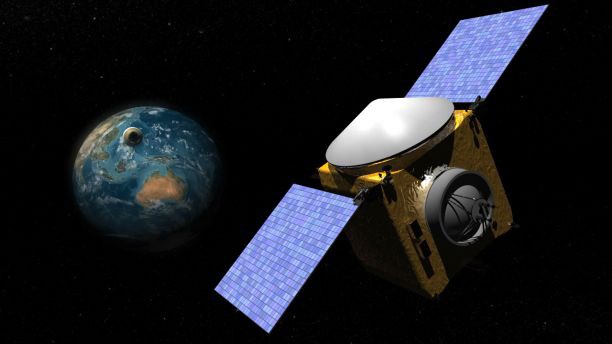OSIRIS-REx, the NASA-funded, $805.5 million asteroid sample return mission, will now require 14 months less travel time on its way to the target asteroid, according to Heather Enos, project planning and control officer in the UA Lunar and Planetary Laboratory.
The launch date for the mission is Sept. 4, 2016, with a 39-day possible take-off window.
The arrival date of asteroid 1999 RQ36 was originally set for Dec. 2019, but over the last eight months, additional calculations to optimize travel time have put the vehicle’s estimated date of arrival to the asteroid sometime in October 2018.
Enos said the decreased travel time will not result in the vehicle returning to Earth sooner but will add an additional margin of time during which OSIRIS-REx can complete its objectives on the asteroid.
“It’s nice to have a little bit more time to work with, to deal with any unexpected things that come up,” said Anna Spitz, the laboratory’s lead education and public outreach officer.
While the mission has seen some changes in terms of scheduling, the overall objectives of the mission have stayed the same.
The robot, upon arriving at the asteroid, will have to find an optimal site on the asteroid to obtain a sample, attempting to find a location which will best represent the composition of the asteroid as a whole. Once the site has been found, the robot will have three tries to take a sample. Enos said the sample will weigh about 60 grams, or the size and weight of a filled coffee cup.
The robot will return to Earth with the sample in September 2023, and researchers will begin their analysis.
“[The mission] has the potential to answer some fundamental questions which humans ask. Questions, such as ‘Where did the building blocks of life originate?’” she said.
But pure science is not the only reason this mission will be important, Spitz said.
“From an EPO [Education and Public Outreach] standpoint, it’s important because it really offers a spectacular opportunity to engage [people],” she said “It’s a great way to get people interested in science. Even those who don’t become engineers at NASA or scientists working in a lab can find a space mission thrilling and exciting.”









